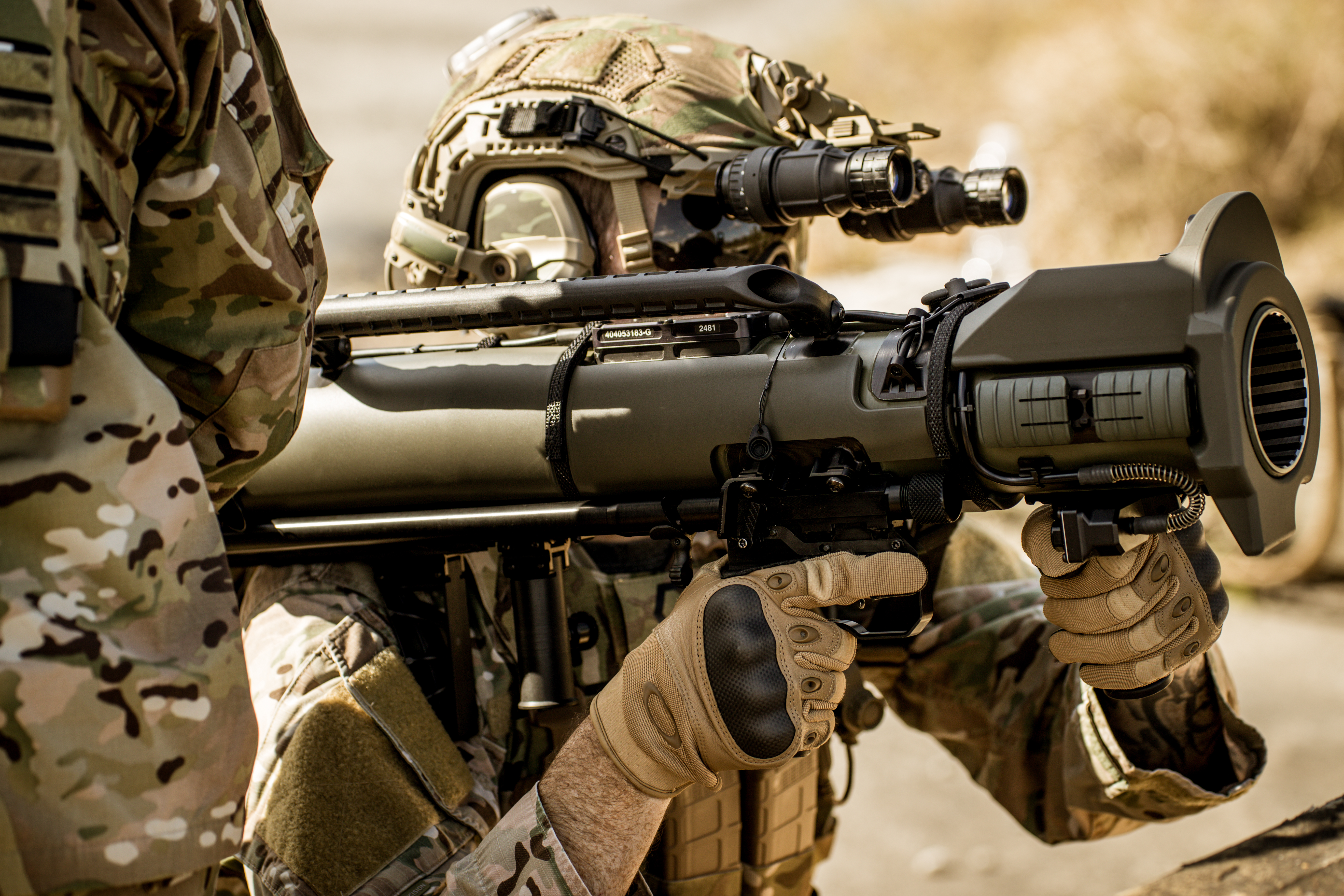Saab's Collaboration with the U.S. Army: Enhancing Battlefield Capabilities with Multi-Functional Munitions
Exploring the Background, Applications, and Innovations in the Partnership
In today's world, defense technologies and military equipment are constantly evolving and improving. This blog post will discuss the recent collaboration between the Swedish defense and aerospace company Saab and the U.S. Army, focusing on Saab's Carl Gustaf recoilless rifle products provided to the U.S. Army and the procurement of new multi-functional munitions. We'll start by providing a brief background of Saab, followed by a deep dive into the Carl Gustaf recoilless rifle and its applications in the U.S. Army, and finally, explore how the new multi-functional munitions enhance battlefield capabilities.
The Background of Saab
Founded in 1937, Saab initially focused on manufacturing aircraft. As the business expanded, the company entered the military equipment and defense technology sectors, providing a variety of products and solutions to numerous countries worldwide. These products include fighter aircraft, unmanned aerial vehicles, radar systems, command and control systems, naval equipment, and ground combat equipment. The Carl Gustaf recoilless rifle, produced by Saab, is a well-known anti-armor weapon widely used by many countries' armed forces.
The Carl Gustaf Recoilless Rifle and its Applications in the U.S. Army
The Carl Gustaf recoilless rifle originated in 1946 when Saab designed the initial version. With multiple improvements, the M2 and M3 versions were introduced in 1964 and 1991, respectively, enhancing range, durability, and ammunition types. The Carl Gustaf M3 has a range exceeding 1,000 meters, significantly further than other anti-tank weapons, making it especially useful for direct fire support in the expansive landscapes of Afghanistan. In 2011, the U.S. Army procured the M3 version for troops stationed in Afghanistan, dubbing it the Multi-role Anti-armor Anti-tank Weapon System (MAAWS).
In 2014, Saab released the Carl Gustaf M4, featuring titanium alloy and other new materials that reduced the weight from 10 kg to 7 kg. The M4 has a maximum range of 1,300 meters (when using high-explosive ammunition). After evaluation, both the U.S. Army and Marine Corps procured the M4 in 2019 and 2021, respectively, designating it as M3E1 to bolster individual soldier capabilities against armor, bunkers, and concealed targets.
Enhancing Battlefield Capabilities with Multi-Functional Munitions
While the M3E1 can be operated by a single soldier, it must be paired with another carrying ammunition to form an anti-armor team. Traditional munitions have limited functionality, forcing teams to choose between high-explosive, anti-armor, breaching, and anti-personnel rounds due to weight constraints. To address this issue, Saab developed the programmable multi-functional HE 441E munition. Soldiers can select airburst or impact modes through the safety mechanism, enabling various missions such as anti-armor, breaching, and personnel incapacitation.
Paired with the new FC135RS fire control system developed by Swedish company Aimpoint, the HE 441E munition has a range of up to 1,500 meters, significantly improving the M3E1 team's mission flexibility and precision. The U.S. military has been procuring 2,460 M3E1 kits from Saab since 2020, and it is expected that the reserves of new HE 441E munitions will be substantially increased in the coming year to prepare for future conflicts.
According to the 2024 U.S Defense Authorization Act, the U.S. military will sign a $10 million contract with Saab to procure these new multi-functional munitions. This collaboration will provide the U.S. Army with more advanced and flexible weapon options, helping to improve battlefield efficiency and protect soldiers' lives. In future battlefields, these multi-functional munitions are expected to change tactics, making single-soldier operated anti-armor weapons more powerful and versatile, and creating more strategic options for the U.S. Army.
Through this collaboration, Saab not only consolidates its position in the international military market but also gains valuable experience for its own product development. In the future, Saab may continue to work on developing the next generation of anti-armor weapons to meet the ever-changing demands of the battlefield.
In conclusion, the collaboration between Saab and the U.S. Army represents a significant exchange of technology and military equipment procurement. The acquisition of new multi-functional munitions not only enhances the combat power of the U.S. Army but also brings more business opportunities to Saab. In a world where battlefield conditions are constantly changing, innovation and cooperation are crucial in addressing challenges. The collaboration between Saab and the U.S. Army serves as a successful example in the pursuit of excellence and innovation within the defense industry.

Comments
Post a Comment